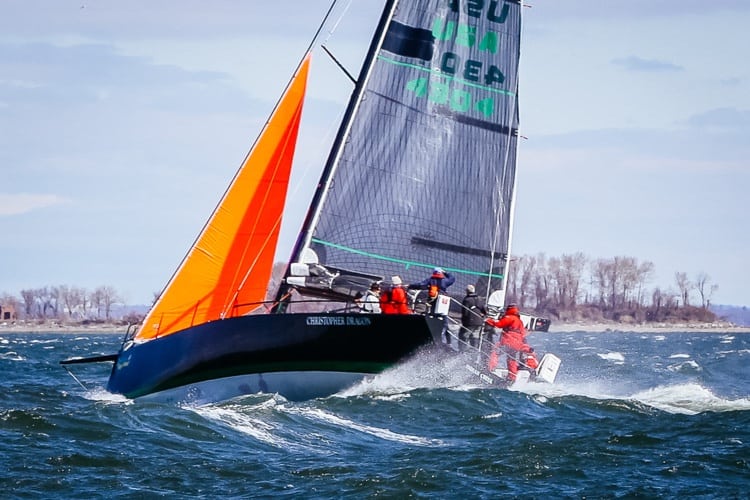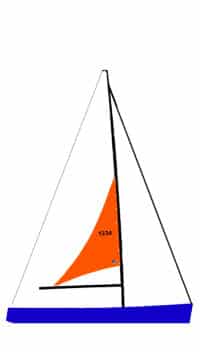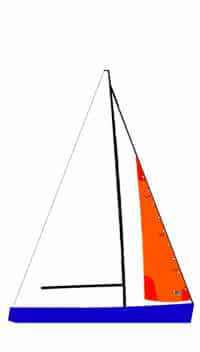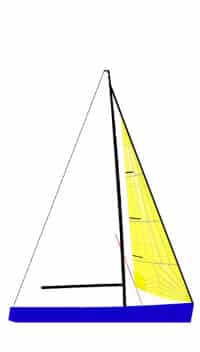
Storm Sails

Storm sails are necessary and could be a life saver for all boats heading offshore. Carefully following weather forecasts may keep you out of most storms, but eventually you will get caught in a blow. To ensure you are ready to handle a gale, make sure to practice with your storm sails. Learn how to set them and where to lead the sheets. For a video on using storm sails, click here. For a video on how to set a storm jib safely, click here.
UK Sailmakers builds storm sails to the requirements World Sailing’s Offshore Special Regulations. The Offshore Special Regulations require racers to carry three storm sails: a storm trysail, storm jib and heavy weather jib. The storm trysail and storm jib must be made out of strong Dacron or HMPE (Spectra or Dyneema). These sails are required to be made with a high visibility color such as dayglo pink, orange or yellow.

Storm Trysail
Set in winds over 45-50 knots.
Storm Orange or other highly visible colored cloth.
Aramid and Carbon Prohibited.
Battens and headband prohibited
Area not greater than 17.5% mainsail hoist (P) x mainsail foot length

Storm Jib
Set in winds over 35 knots.
Storm Orange or other highly visible colored cloth.
Aramid and Carbon Prohibited.
Needs alternate method of attachment to headstay if luff groove is standard means of attachment.

Heavy Weather Jib
Set in winds over 28 knots.
No color requirement
Aramid and Carbon permitted but ISAF strongly recommend against.
Needs alternate method of attachment to headstay if luff groove is standard means of attachment.
Area not greater than 13.5% height of the foretriangle squared.
